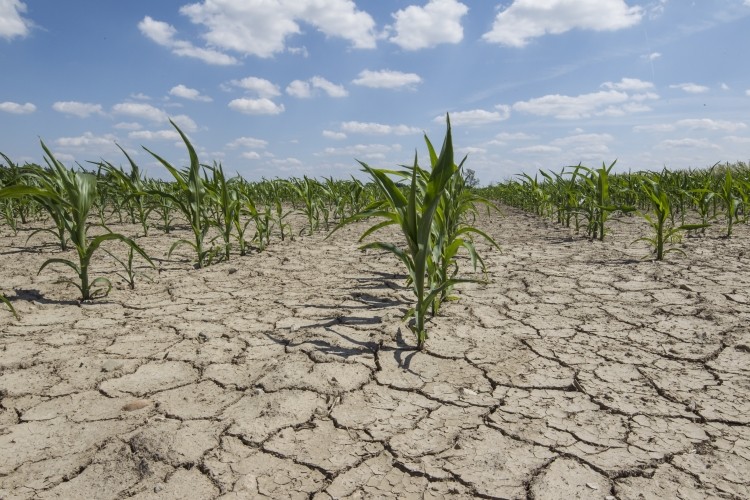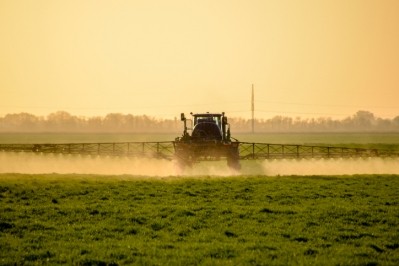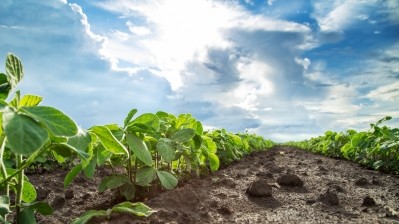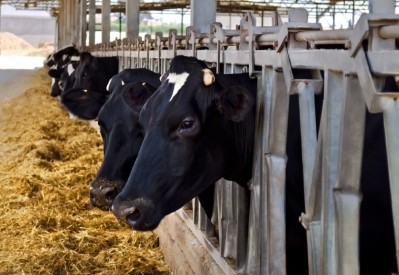Venezuelan producers see feed scarcity, reduced production

The country is facing hyperinflation and a difficult import market, said Luis Bustamante, marketing specialist of the Western Hemisphere with the US Grains Council. The majority of the county’s export market is comprised of oil, but low prices mean that Venezuela has a harder time paying for feed and grain imports to improve rates of egg or animal protein production.
“The economy [is] highly dependent on oil,” he told FeedNavigator. “Second, the productive infrastructure of the country is undermined by the government policies causing shortages of consumer goods with the correspondent supply/demand effect on price.”
The country has three separate exchange rates, which have all depreciated, added the US Department of Agriculture in the grain and feed annual report for Venezuela. The drop in foreign exchange cash flow has led to a reduction in agricultural imports and the country has been experiencing an extensive drought.
Traditionally, Venezuela imports about 70% of its food, the agency said. “Most feed and flour mills are producing well below capacity with processing line disruptions for days at a time due to running out of basic raw materials,” it added.
Economic and feed woes
As long as oil prices continues to be less than USD$50 a barrel, the country will continue to have challenges, said Bustamante. The current government also is seen as adding to some of the concern.
“The large Chavista subsidized population will support the government in any attempt of political change and the opposition has its own internal conflicts regarding how to proceed,” he said. “No doubt the situation is not sustainable, but it’s hard to say when it’s going to change.”
Additionally, many animal producers have reduced the size of their operations as they don’t have the feed needed to maintain production of eggs, beef or pork, he said. “There’s not enough corn, soybean meal, wheat or other type of grains to produce animal feed because of the crisis,” he added.
However, many producers also face pressure from the government to continue production, and help feed the population, said Bustamante.
Crop details
Total domestic corn production for 2015/16 is expected to be about 1.15m metric tons (Mt), which would not cover the country’s feed and food needs, the agency said. In 2016/17 corn growth is anticipated to drop to about 1.09m Mt stemming from poor weather conditions, high production costs and lacking agricultural inputs.
“The current drought from El Niño lingers and is one of the worst in the last 60 years,” according to the USDA report.
Expectations for feed consumption are 1.7m Mt, the agency said.
Sorghum production for MY 2015/16 is anticipated to fall to 90,000 Mt and is not expected to increase for MY 2016/17 and total distribution is predicted to fall based on smaller ending stocks, said the USDA. “Sorghum feed consumption in MY 2015/2016 is forecast at 90,000 Mt and will remain unchanged in MY 2016/2017,” it added.
“Grain sorghum is used for poultry and swine feed production in Venezuela and forage for cattle,” the agency said. “Given severe shortages of basic grains throughout the year, any sorghum produced is quickly purchased; however, feed manufacturers prefer imported corn over local sorghum.”
Both feed grain production and imports continue to face challenges from foreign exchange limitations as they place limits on agricultural inputs and the currency needed for purchases, said the agency.
Feed import challenges
Despite the reduction in feed crop growth and production, there is not expected to be an increase in imports of feed grains, said the USDA.
The steady import market has to do with the currency exchange control, said Bustamante, not a restriction of the import market.
“There’s just not enough currency to pay for imports,” he said. The government also uses a series of restrictive and complicated mechanisms to control the currency exchange.
“To prevent famine, the government is purchasing grains, and other goods, to friendly governments in exchange for oil, or with ultra-flexible low cost credit,” he said.












